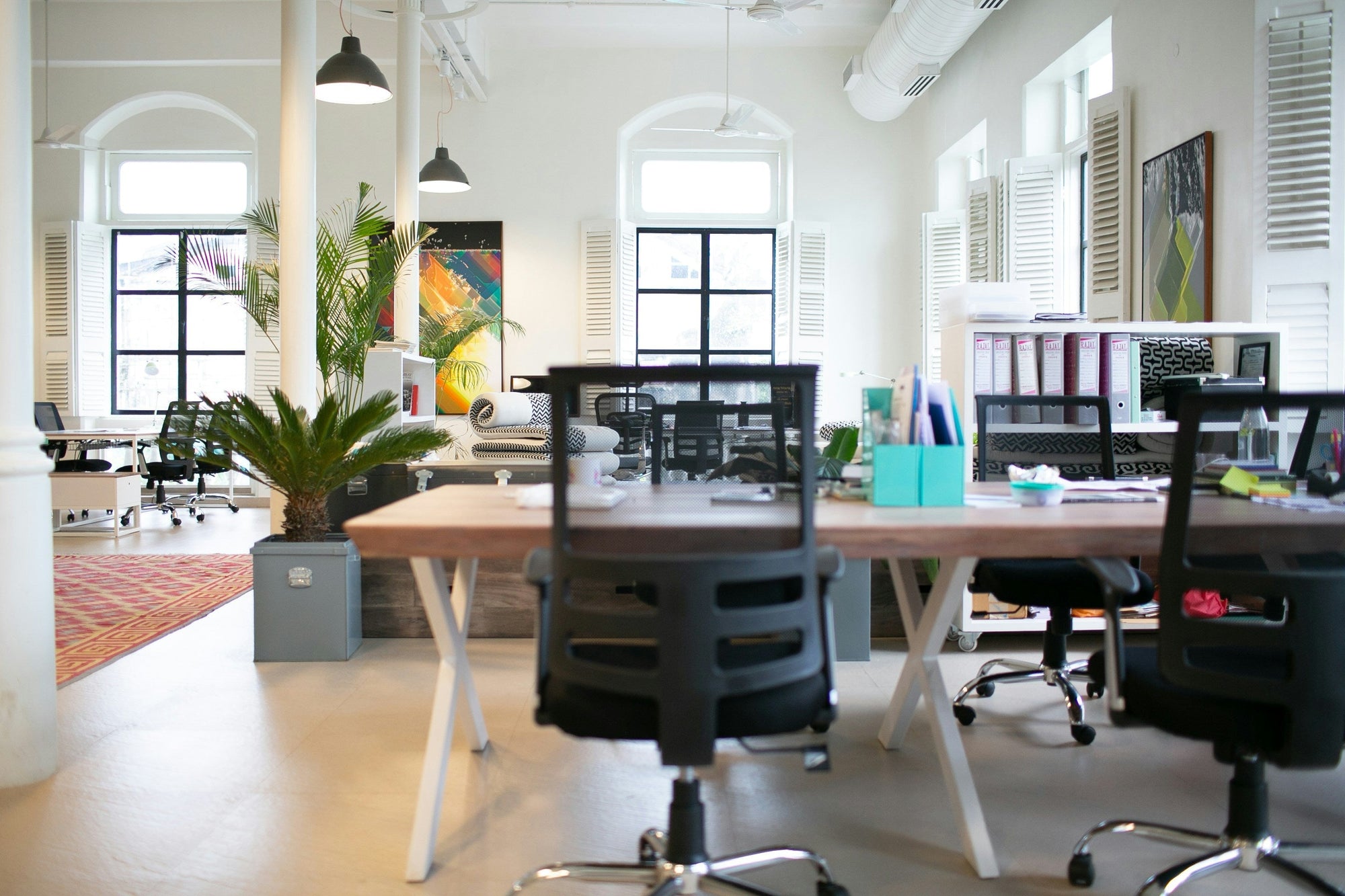Arranging office furniture plays a crucial role in creating a functional and productive workspace. Here are key tips to help you arrange office furniture effectively:
-
Assess the Space:
- Measure the dimensions of the office space and consider factors such as windows, doors, and power outlets.
- Determine the primary functions of the space, including individual workstations, collaborative areas, and meeting zones.
-
Create a Floor Plan:
- Sketch a floor plan or use office planning software to visualize different layout options.
- Consider ergonomic principles and traffic flow patterns to optimize movement and accessibility within the office.
-
Prioritize Ergonomics:
- Position desks and chairs to promote proper posture and comfort for employees.
- Ensure adequate lighting and minimize glare on computer screens to reduce eye strain and enhance productivity.
-
Define Work Zones:
- Designate distinct areas for different tasks, such as individual workstations, meeting rooms, and collaborative spaces.
- Use furniture placement, partitions, or rugs to delineate zones and create a sense of organization and purpose.
-
Promote Collaboration:
- Arrange desks and seating to facilitate communication and teamwork among employees.
- Consider open layouts or shared workspaces that encourage spontaneous interactions and idea sharing.
-
Maximize Natural Light:
- Place workstations near windows to maximize natural light exposure and create a brighter, more inviting workspace.
- Use translucent or sheer window treatments to diffuse harsh sunlight and minimize glare on computer screens.
-
Ensure Accessibility:
- Arrange furniture to accommodate accessibility needs, such as wheelchair access and adjustable desk heights.
- Ensure pathways are clear and free from obstacles to facilitate smooth movement throughout the office.
-
Consider Aesthetics and Branding:
- Incorporate office furniture that reflects your company’s brand identity and values.
- Use color schemes, artwork, and decorative elements to create a cohesive and inspiring work environment.
Conclusion:
Effective office furniture arrangement enhances productivity, collaboration, and employee well-being. By assessing space requirements, prioritizing ergonomics, and promoting functional design, businesses can create a workspace that supports their organizational goals and fosters a positive work culture.







